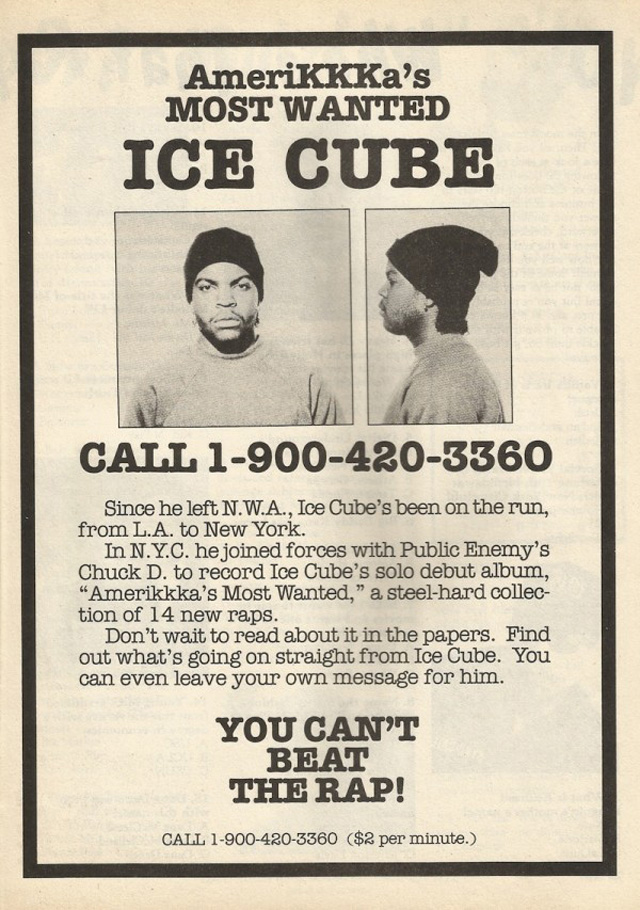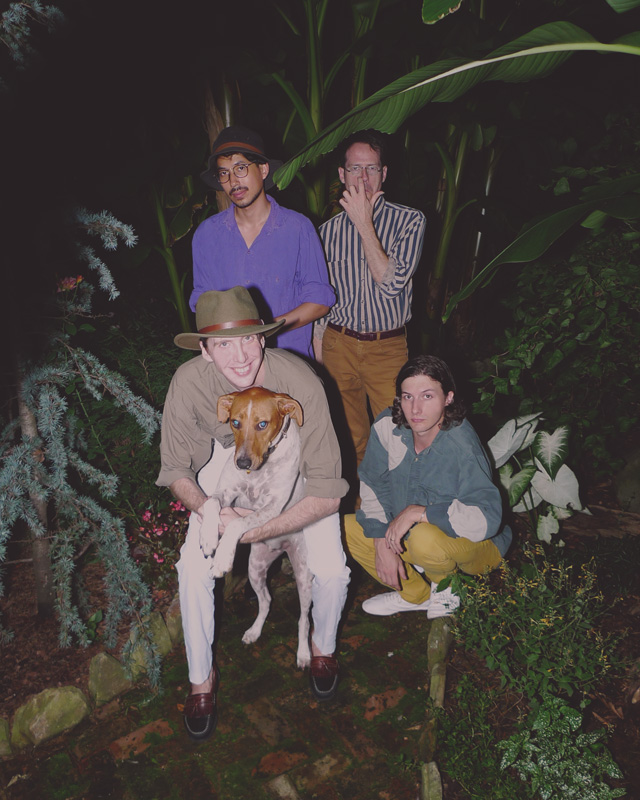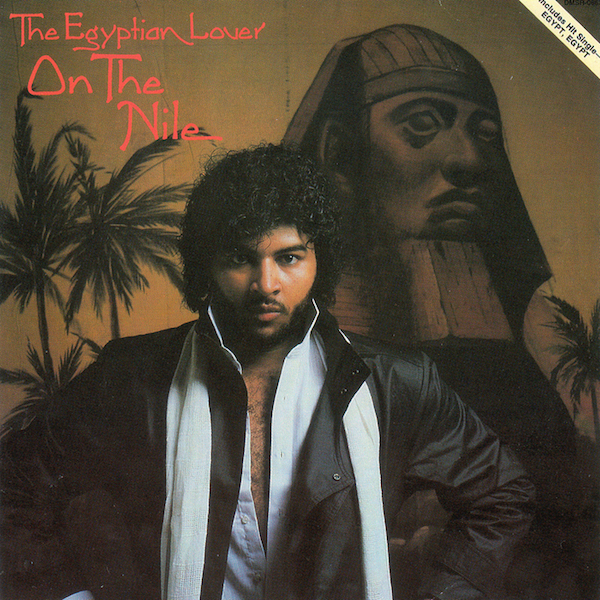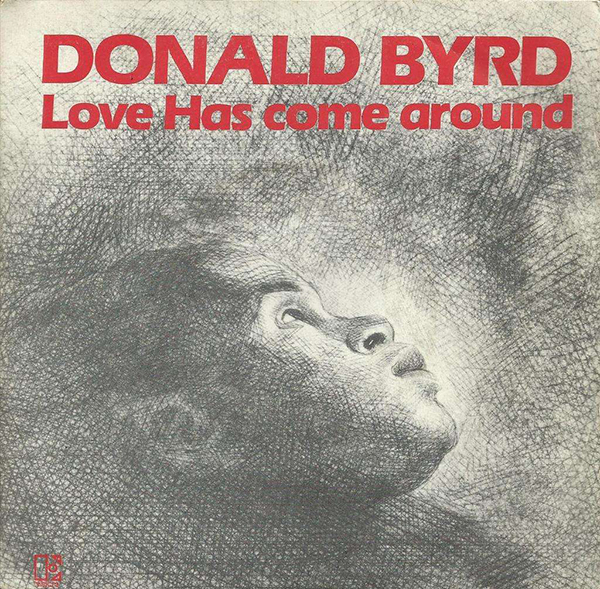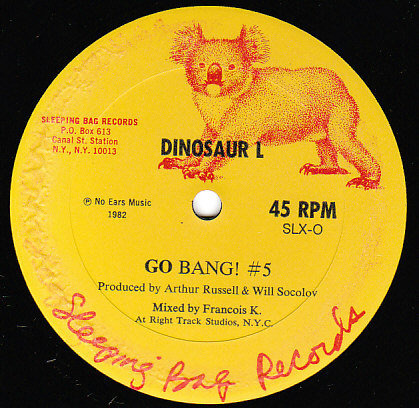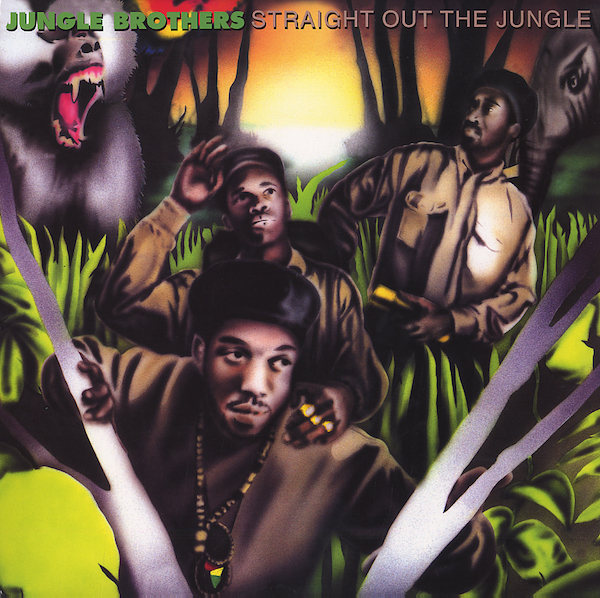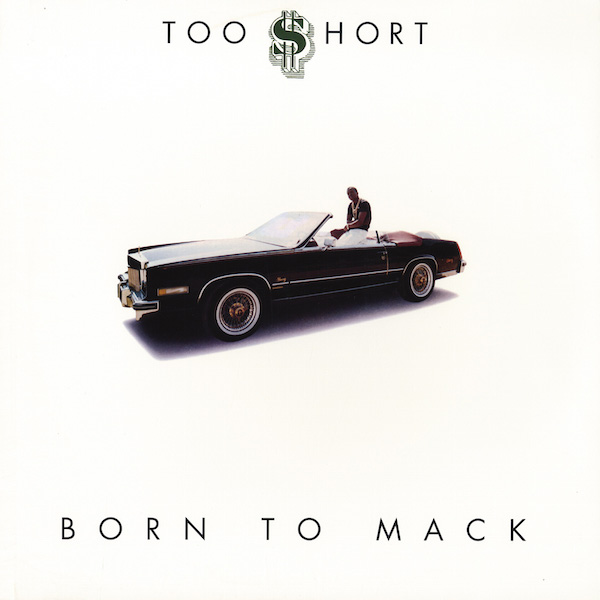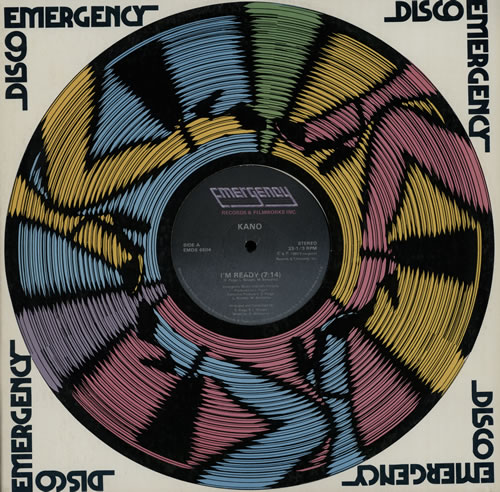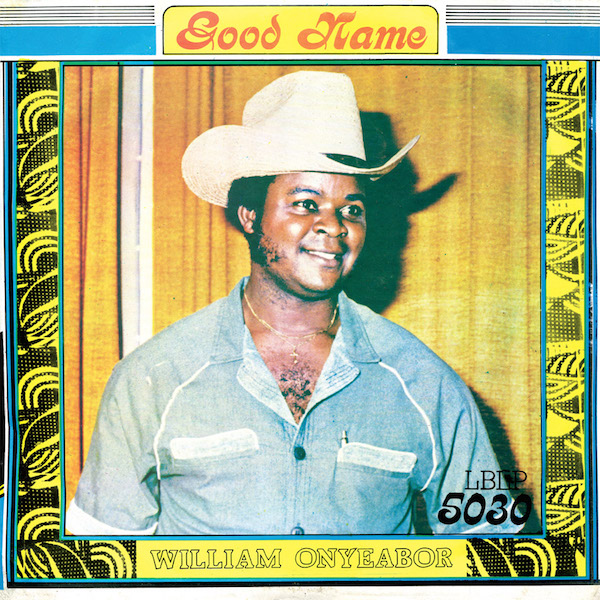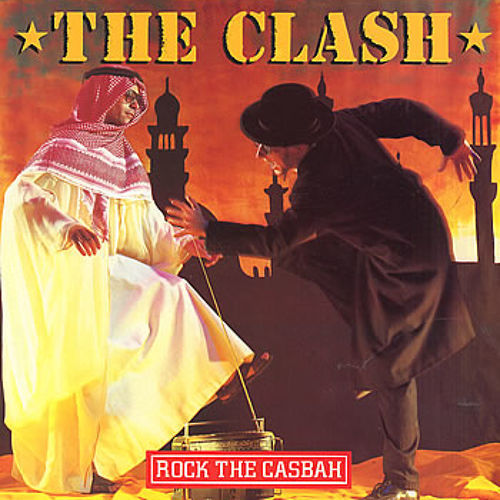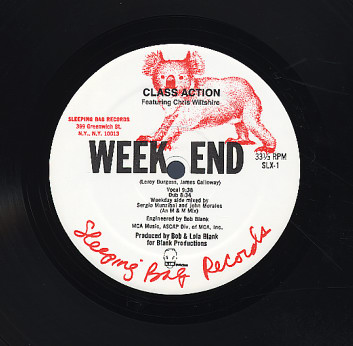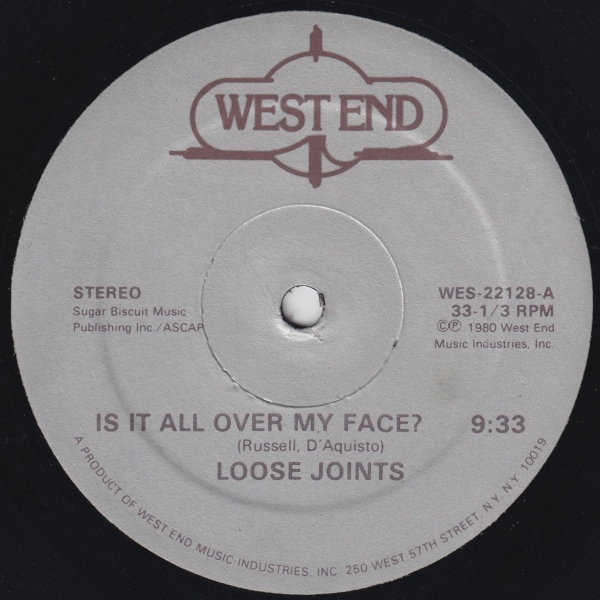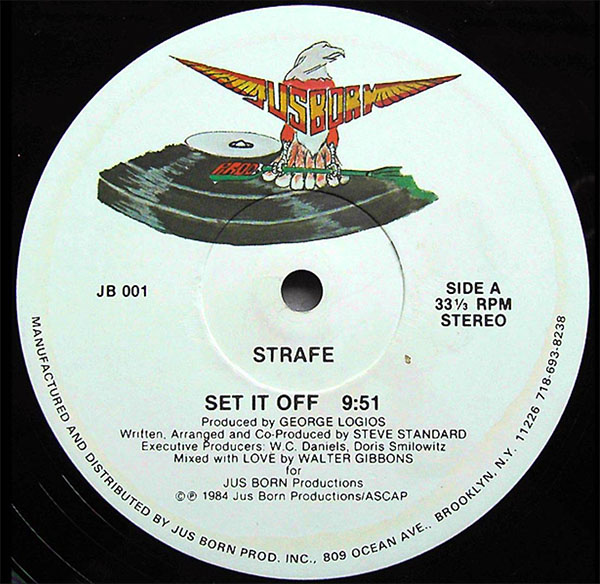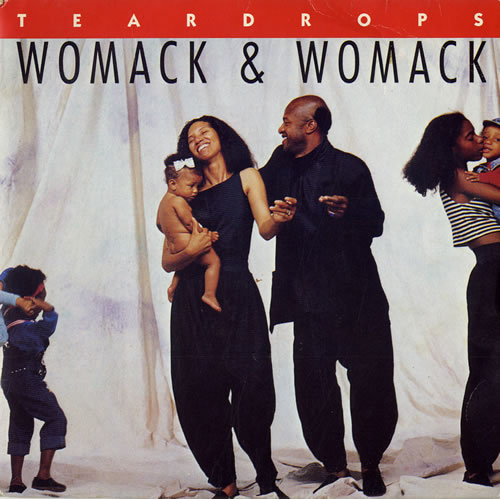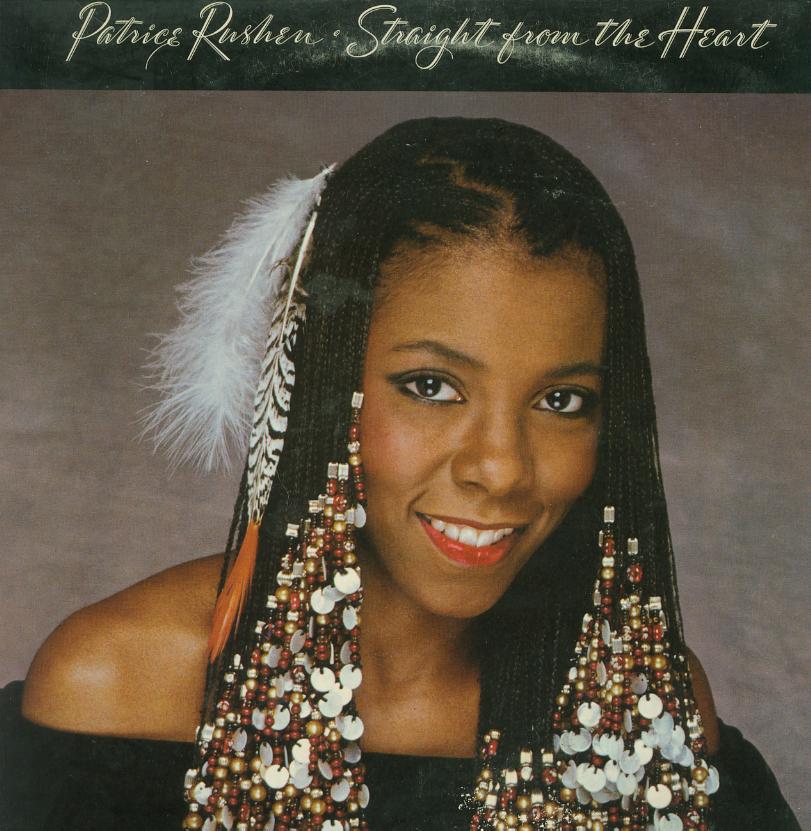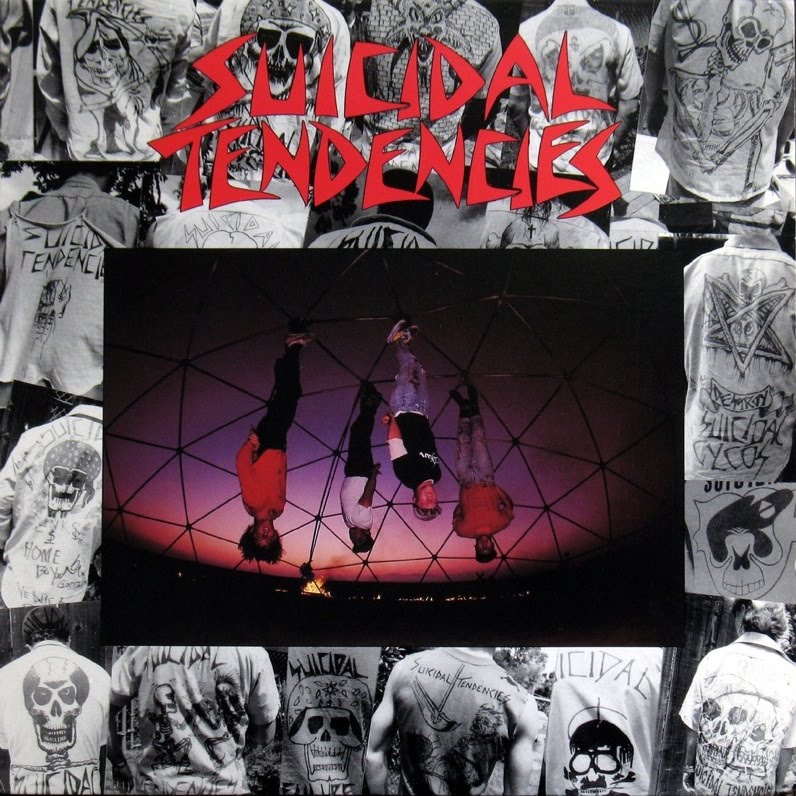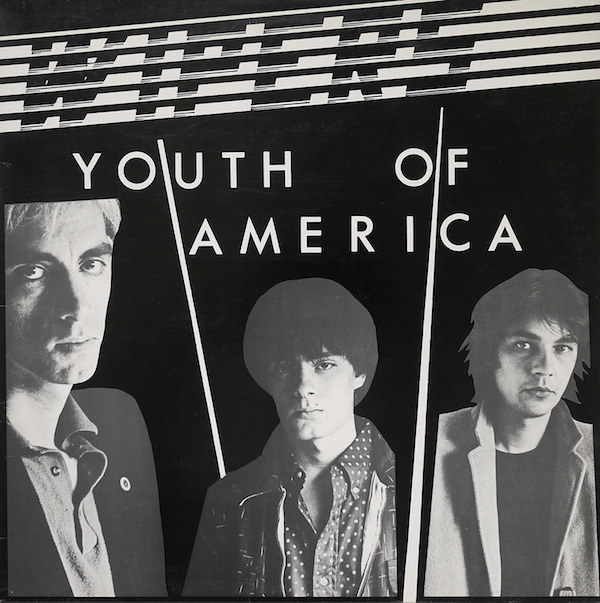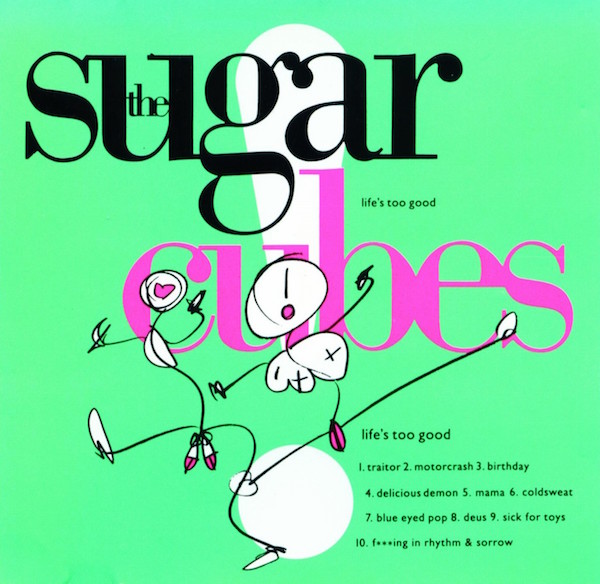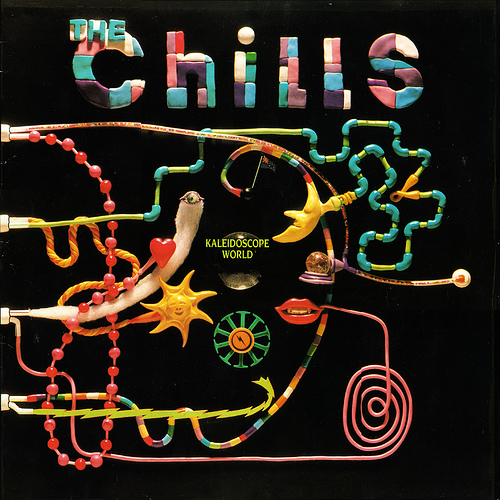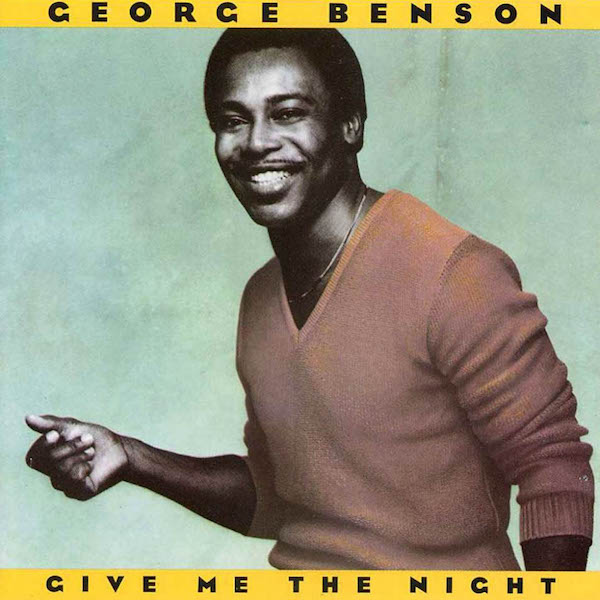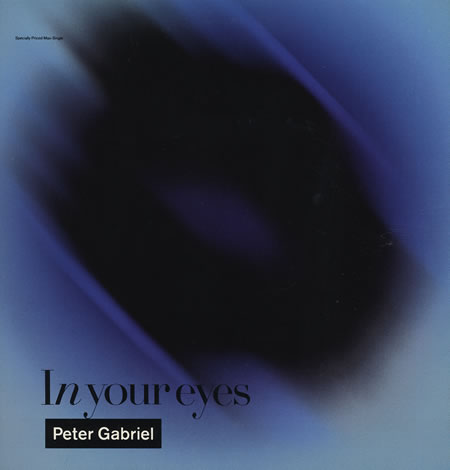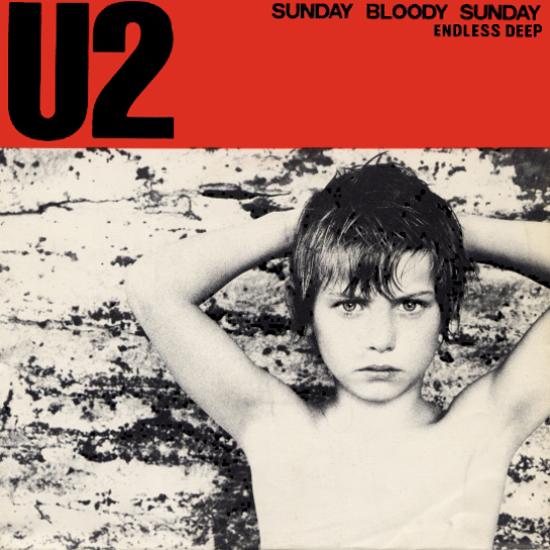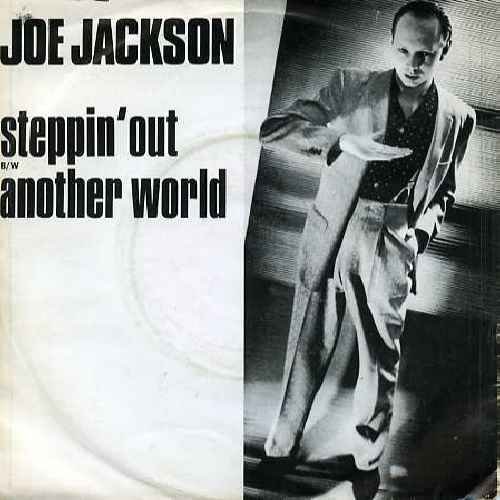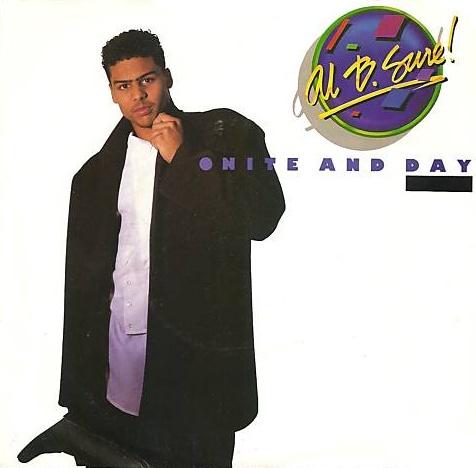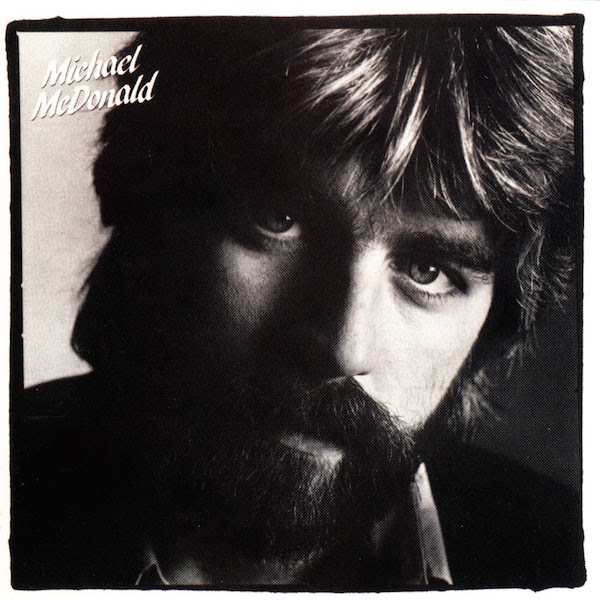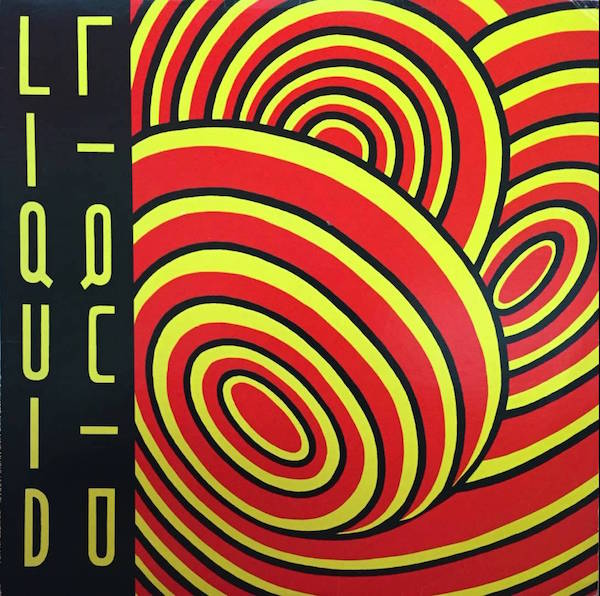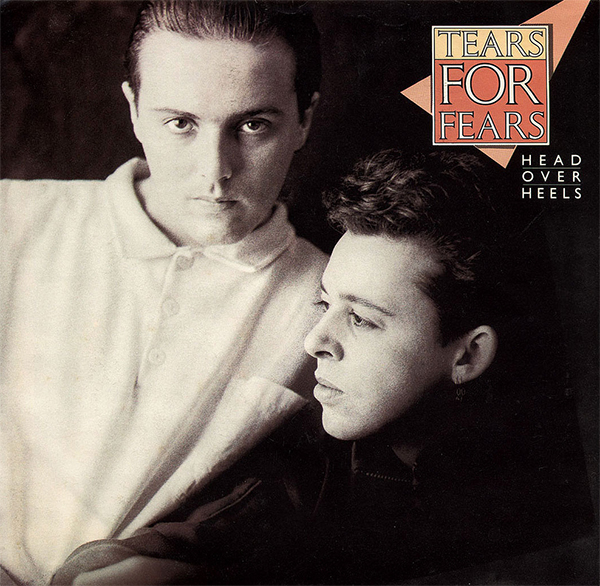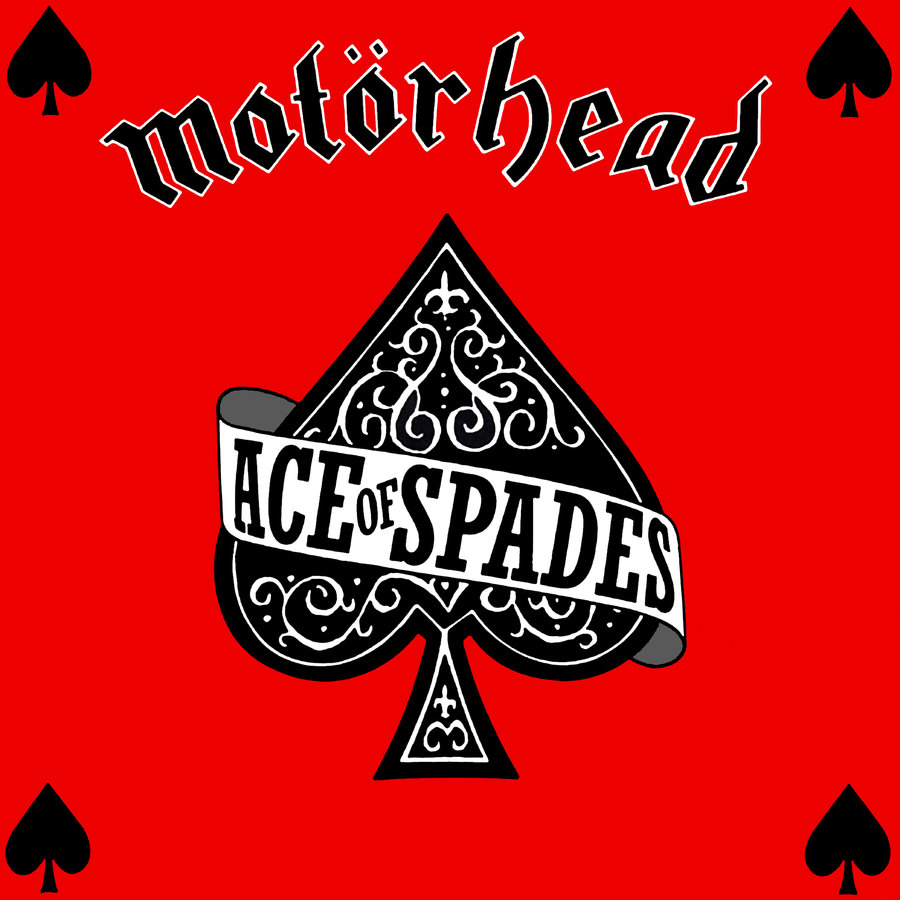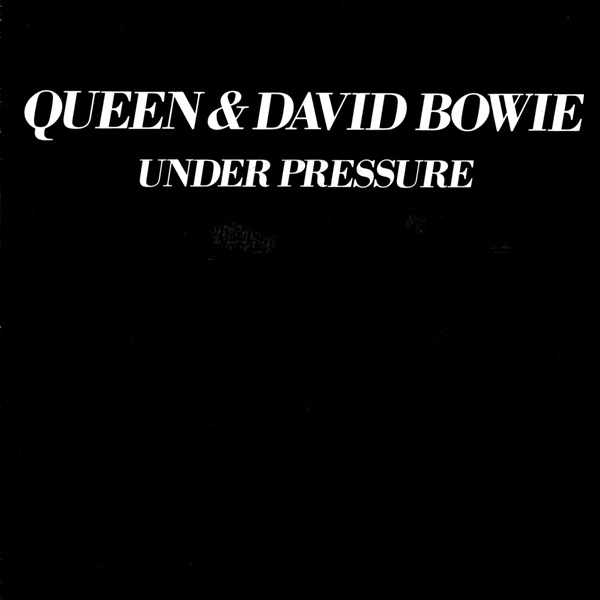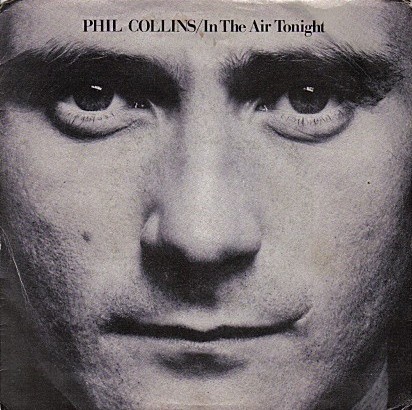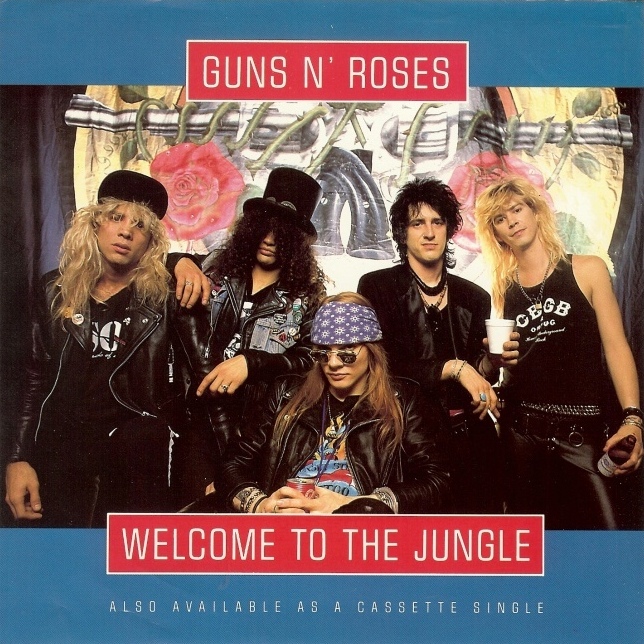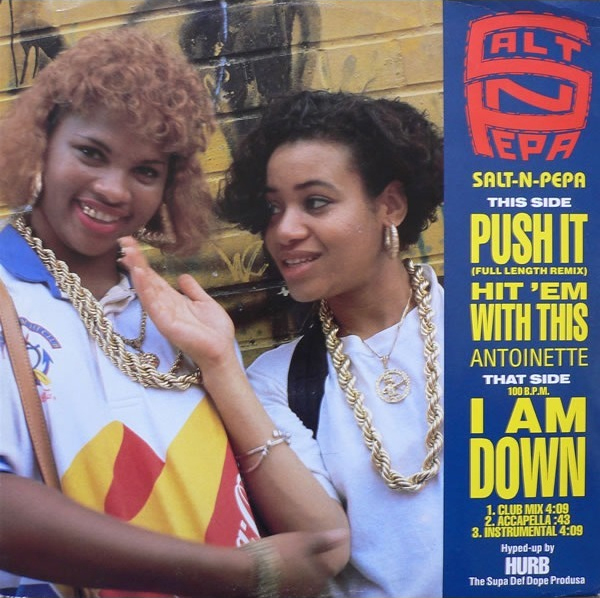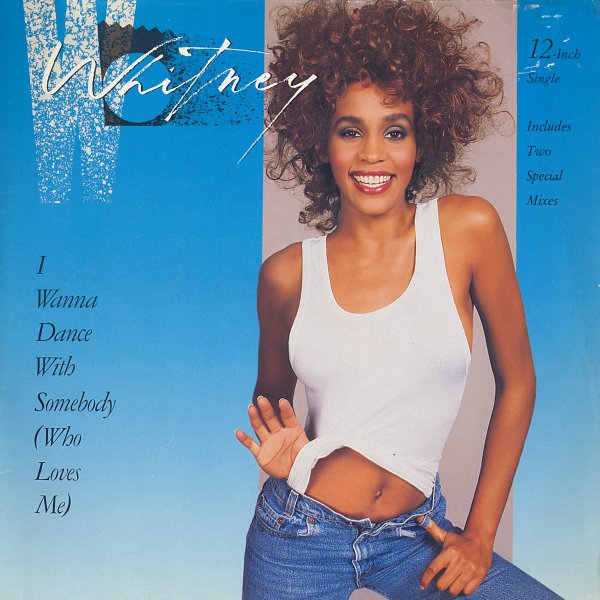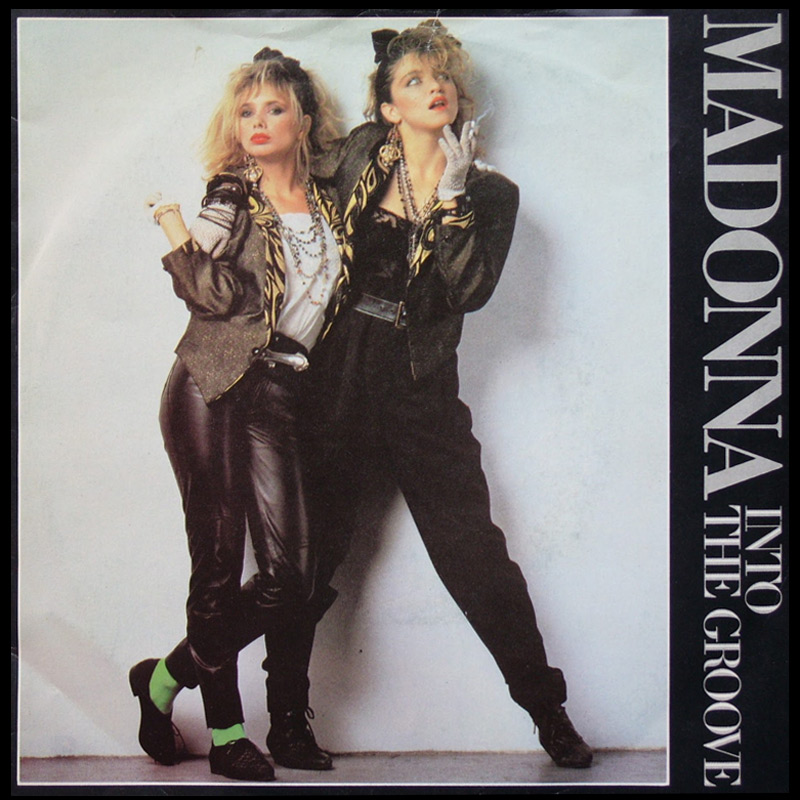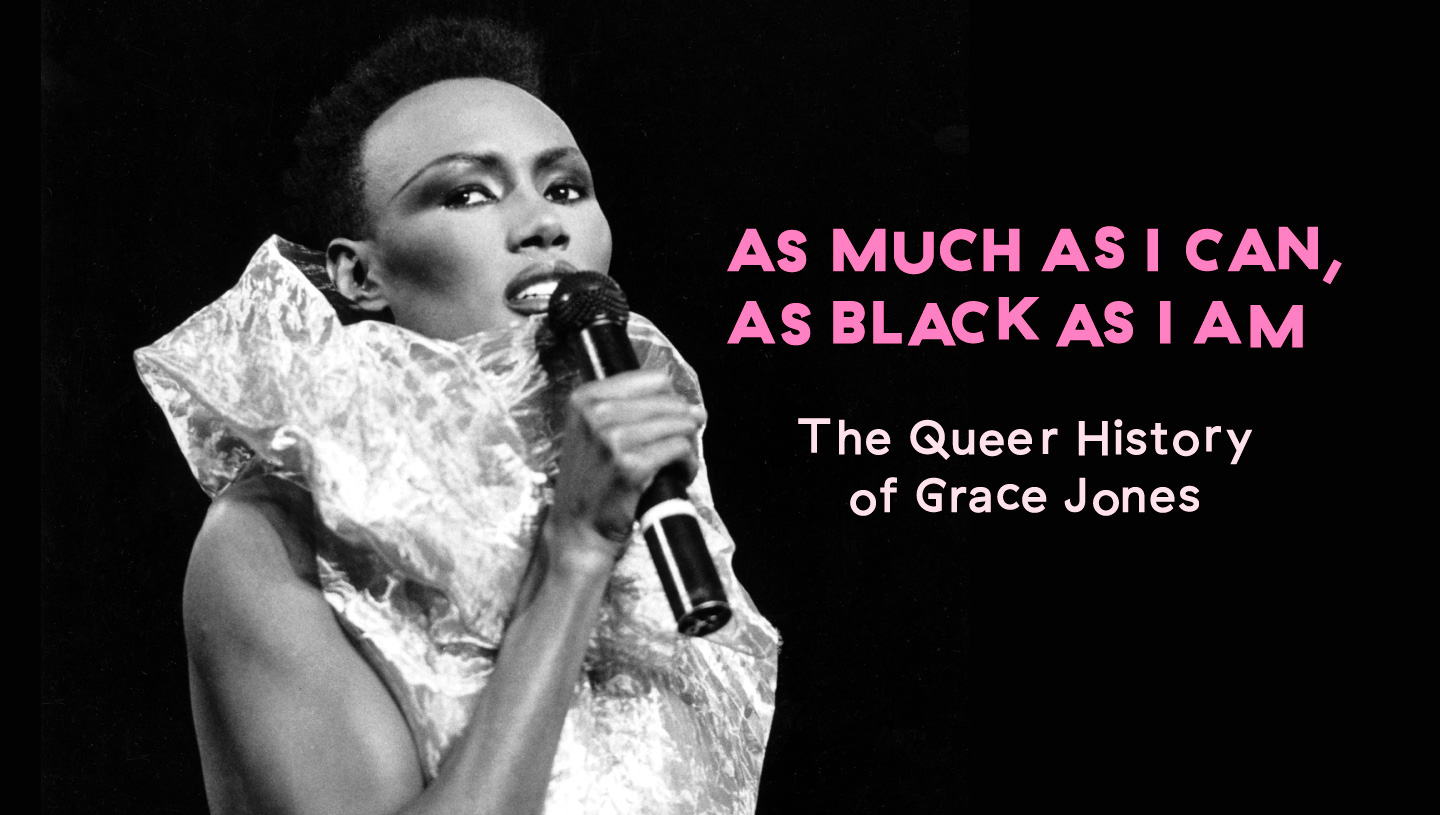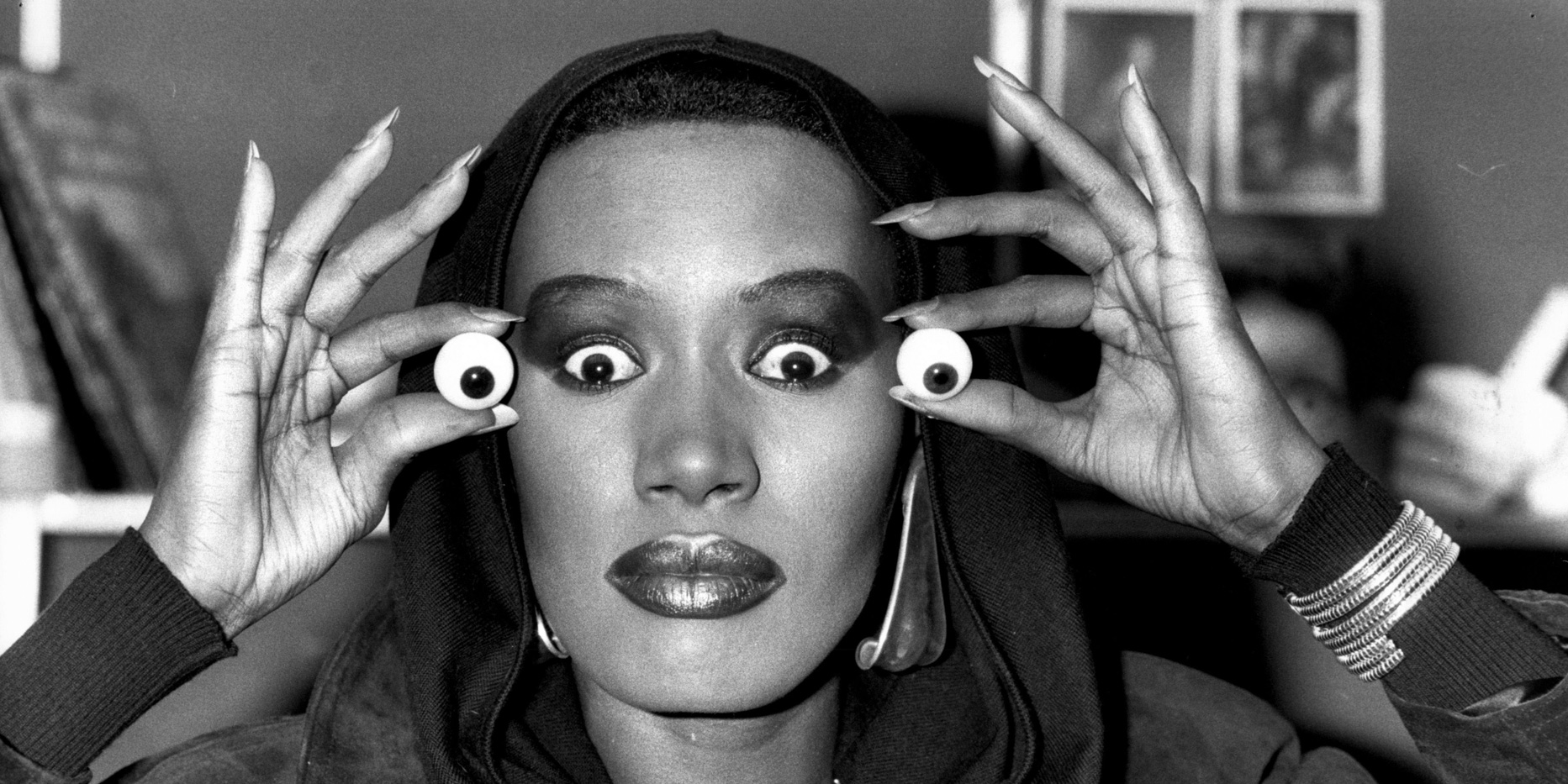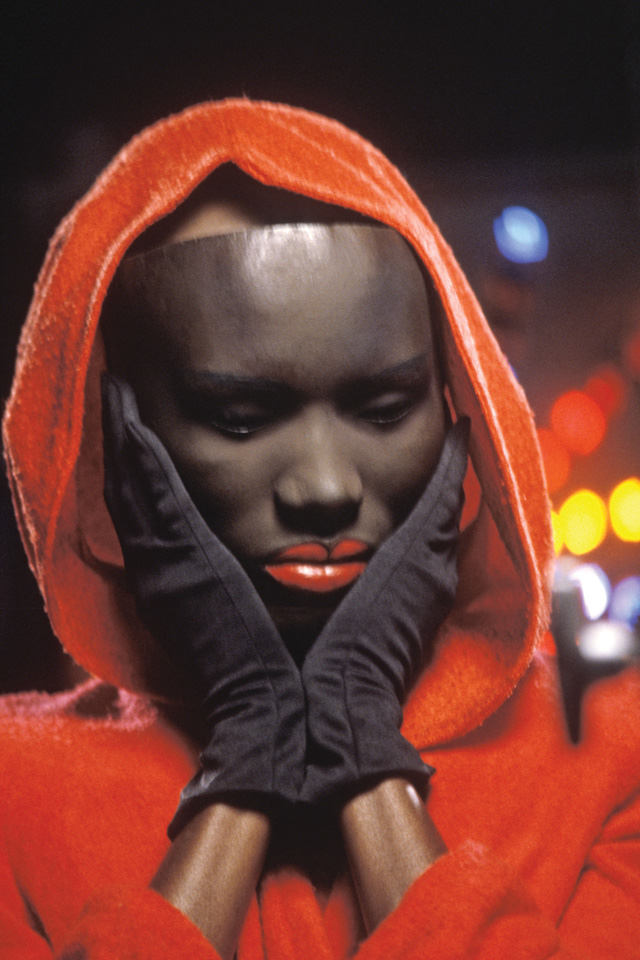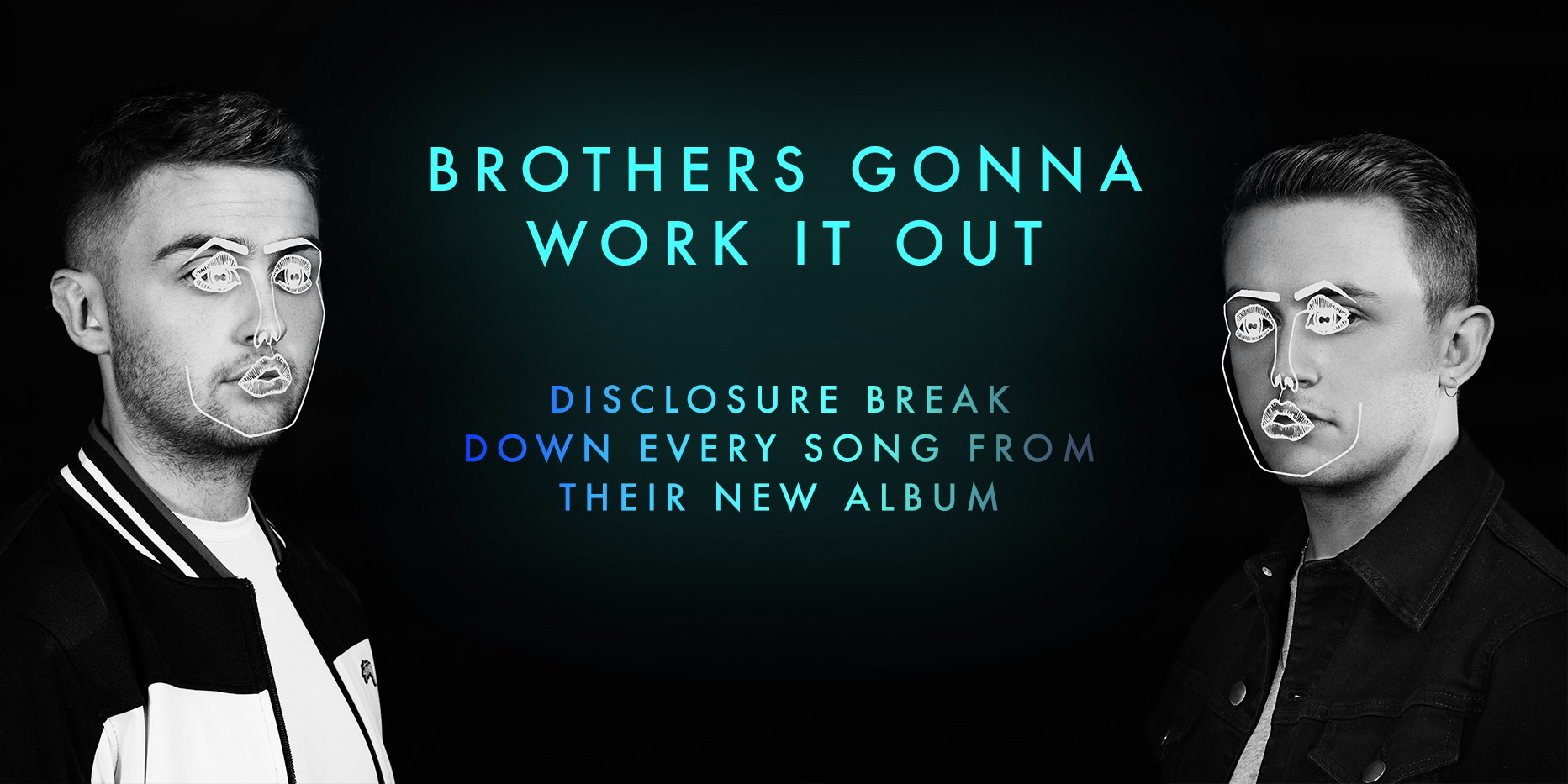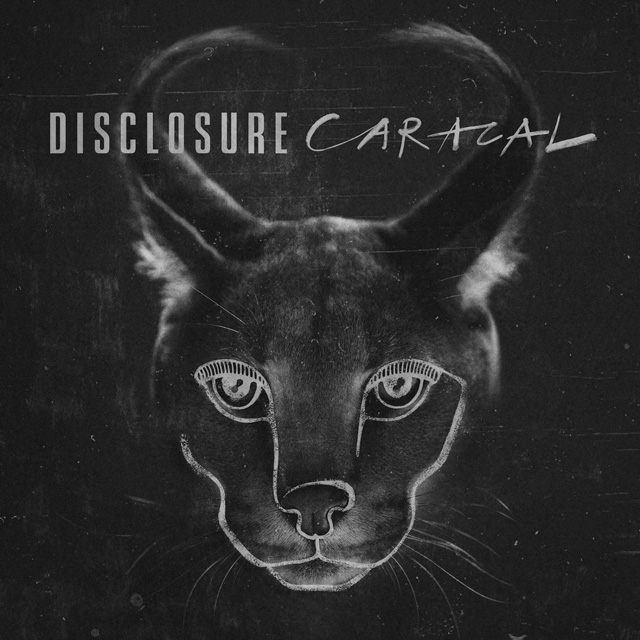
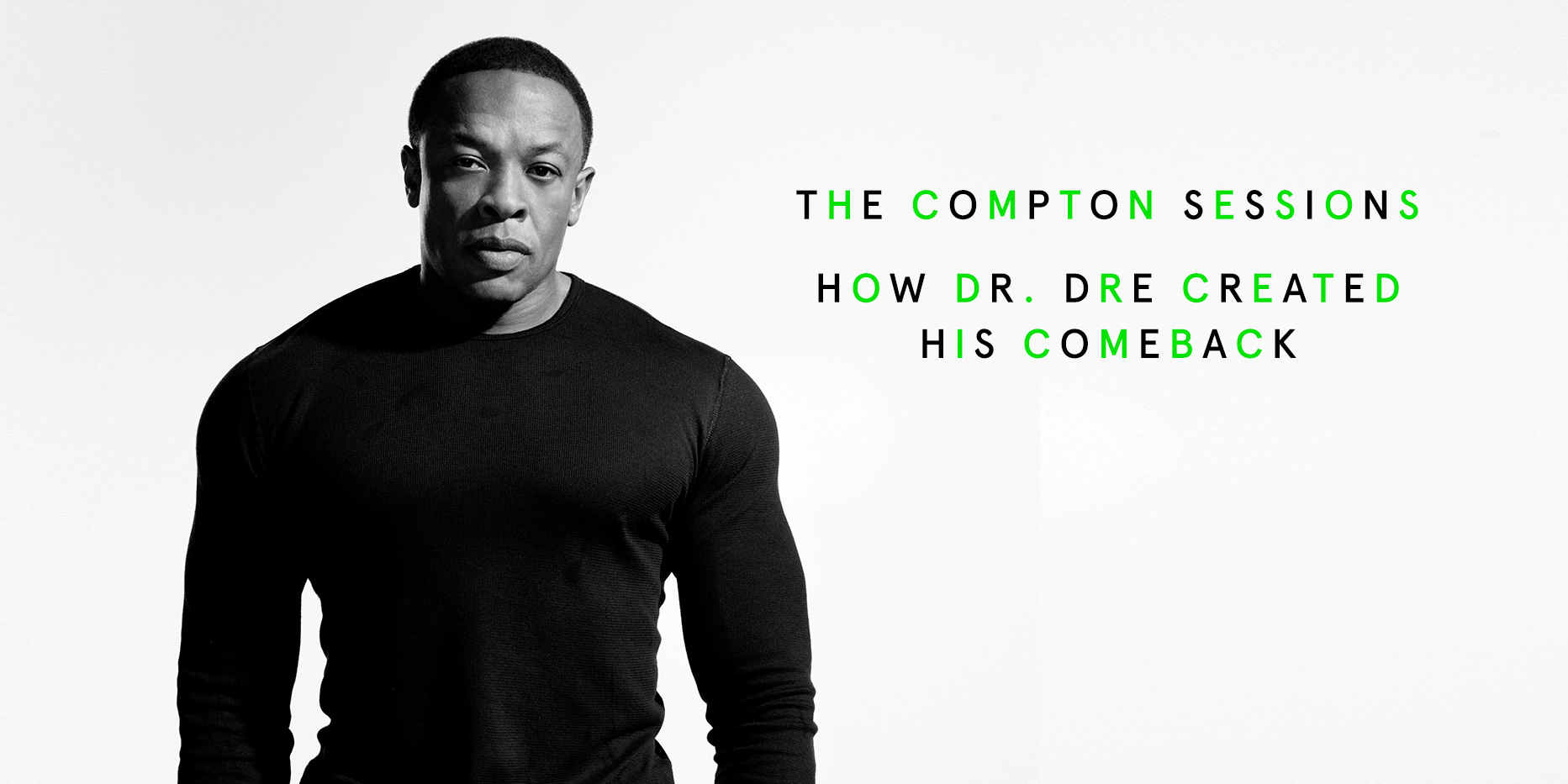
Last week, we learned that Dr. Dre's Detox, the most labored and rumor-dogged album in commercial rap history, had been given a mercy killing. “I didn’t like it,” Dre declared. “The record, it just wasn’t good.” It was a bracing death for material that had been accumulating in secret for over a decade, but Dre delivered the news calmly, while in the same breath confirming far more surprising information: He had managed to record a new album of original material, and it was called Compton. Not only was Compton not Detox, it was in many ways unlike anything Dre had released in his career: ragged at the edges, steely, and grim.
Talking to the inner circle of musicians who worked most closely with Dre during the heady months in which Compton was made, a common thread emerges: This is definitely not the album Dre had been promising to deliver to the industry for the last 16 years. Instead, it is the late dawning of an idea that seemed to draw direction from everything the leaked Detox tracks were not: It is not relaxed, not clean, not safe. It came together in a blur. Dre’s signature crisp funk is gone, and there is nothing on the album that aims to complement a weed high. Instead, Compton is hulking, sinewy, and defiantly odd. It’s the result of various collaborators—old and young, legendary and unknown—pitching in their talents, all guided by a singular force.

“What Phil Jackson is to basketball, that’s what Dre is to talent and music. He made me change my perspective on what I can create.”
—King Mez
Raleigh rapper King Mez has the most writing credits on Compton besides Dre. He also served as the reference voice for every Dre verse on the album and recorded backing vocals on every track save for one. Mez has as much to do with the industrial-grey tone of Compton anyone (at one point, our interview is interrupted when he gets an impromptu call from Dre himself).
To hear Mez tell it, he was brought in late last year, between the death of Detox and Dre’s decision to press on with his new project. "When I got the opportunity to write for Dre I knew it was a dream come true, but a lot of people were worried for me,” he laughs. “Like, ‘Oh man, you’re going over there to write for that album? So many people have tried and have been unsuccessful.’ But I wasn’t around for the times that he’s been uninspired or whatever—the second I met him, we had chemistry. I knew the album was gonna come out.
“We originally built on older music he had, stuff that sounded like an updated 2001,” Mez adds, referencing Dre’s slick 1999 opus. He’s diplomatic, but there is a distinctive lack of enthusiasm in his voice describing those early tracks, all of which quickly fell by the wayside once Dre enlisted a fresh batch of younger MCs and producers. "The people that came in really changed the sound of the album,” Mez says.
According to the rapper, the turning point came when DJ Dahi, the Inglewood producer responsible for Drake’s “Worst Behavior” and Kendrick Lamar’s “Money Trees”, submitted the clattering beat for what would become the album’s fanfare, “Talk About It”. “That’s one of the more right now-sounding records on the album,” Mez observes. "I think it really changed Dre’s perspective. Before that, we had a different intro that was really big, and it sounded good, but we all decided it wasn’t right for the album."
When DJ Dahi first sent over the beat that became “Talk About It”, it was without much hope: Dre’s camp had been collecting music for years, all of it eventually dying on the broken-dreams heap of Detox. “I didn’t think anything of it,” says Dahi. “He hadn’t done anything in 16 years, and a lot of people had been working with him, so I didn’t know what to expect. I didn’t meet Dre until much later, and then I asked him what the project was, and he just said, ‘It’s not The Chronic and it’s not 2001.’”
The final version of “Talk About It” begins with Mez bleating “I don’t give one fuck” in a strangled voice that sets the record’s hectic pace. Mez co-wrote most of Dre’s verses with the producer’s 25-year-old protégé Justus, including Dre’s own “Talk About It” salvo. “Justus was like, 'Man, we gotta come in and say something outrageous. It’s gotta be like buying the state of California or something,'” Mez remembers. “He was joking, but I was like, 'That actually should be it.’ So I went in, rapped the cadence, and we came up with the next eight to 10 bars before we presented it to Dre. It ended up being the first verse he rapped on a solo record since 2001."
Dahi says that watching Dre was an education in surgical adjustments. “When I think about Dre’s music, I think of these really vivid colors—his tracks always feel like a movie, you know?” he says. "I feel like so much of his music happens in mixing. It’s almost not fair. He has his own way of tweaking a beat. You give him anything, and he finds a way to make it hit differently, and you say, ‘Oh, that’s some dope shit.' It’s his ear."
For “Talk About It”, Dahi paid close attention to those tweaks and says the changes were subtle but profound: “The kick and snare were so much further up than I would have put them; the snare and kick are the motor of hip-hop records, and Dre’s really good at finding that motor so that everything else falls into place behind it."
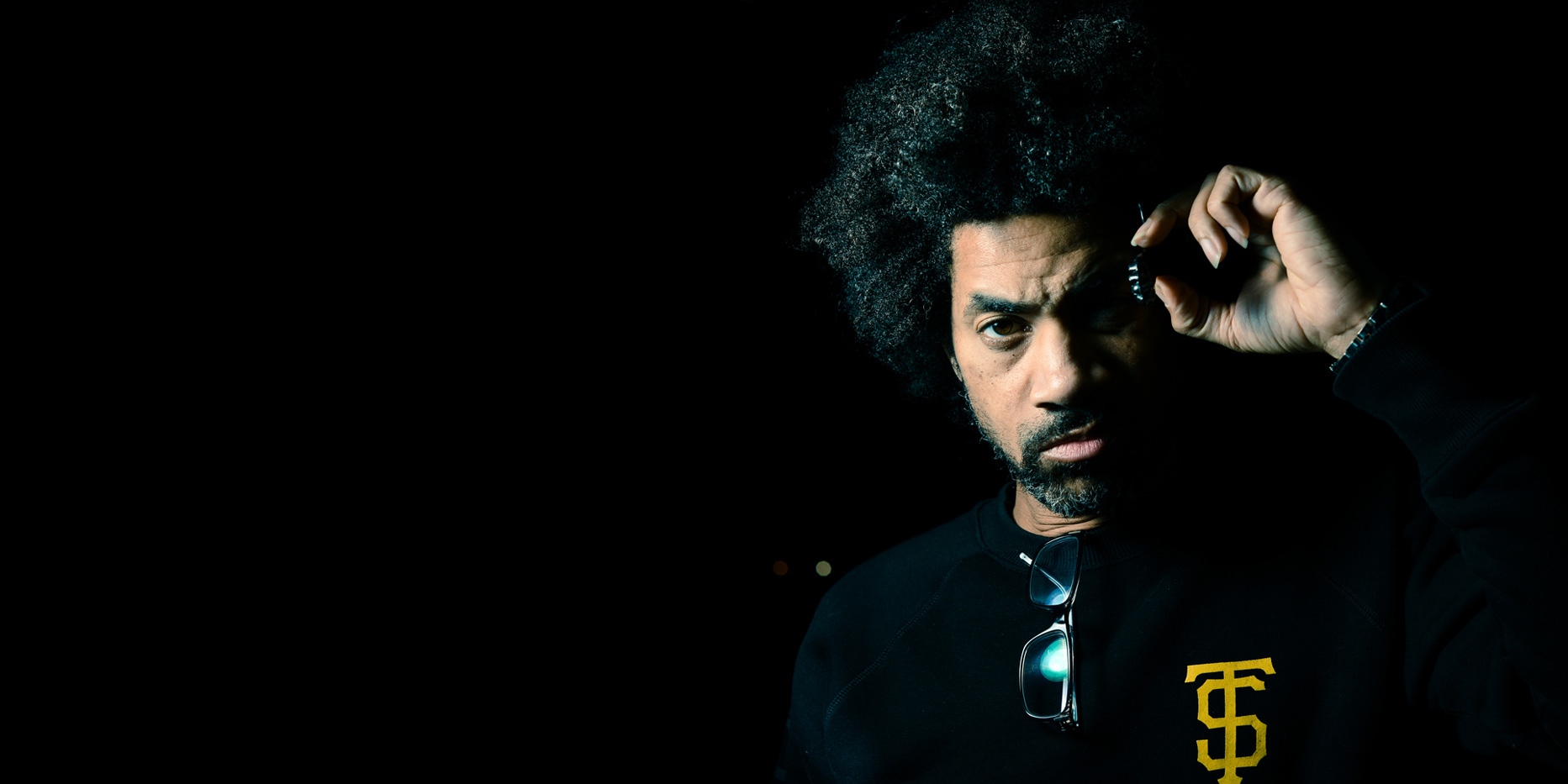
“We’ve heard Dre go outside of the box before Compton, but it was usually only for a song or two. What I like about this album is that he stepped all the way outside of the box. And he stayed out."
—Dem Jointz
Another new recruit who became integral to the album was producer Dem Jointz; though he has worked with R&B acts like Boyz II Men and longtime Dre collaborator Marsha Ambrosius, in hip-hop, he is an unknown quantity. He ended up producing “Genocide” and “Medicine Man”, co-producing “Deep Water" and “Satisfaction”, and contributing additional background vocals to seven other tracks.
Jointz says Dre never offered an overarching perspective for the album. “It’s crazy how it all comes together like he’s telling a specific story, but it wasn’t like it was planned,” he says. “He didn’t get into detail as to what kind of record he was looking for.” Dem was in the studio for the bulk of the album’s creation, and he has his own impressions of the project: “We’ve heard Dre go outside of the box before Compton, but it was usually only for a song or two. What I like about this album is that he stepped all the way outside of the box. And he stayed out."
Jointz brought the basic track for “Genocide", and Dre suggested adding a sample of the deep synth that opens the Gap Band’s “Burn Rubber on Me”—but not that song’s actual groove. The off-kilter addition galvanizes the beat, turning all of its clanking parts into one loud, fearsome roar. And then there is the song’s disorienting scat breakdown, which Jointz says was all Dre.
"We were trying to figure out a point where ‘Genocide’ was switching off into some other shit—and this was even before Kendrick got on the album—but [Dre] wanted to go into some jazzy, a capella shit,” Jointz remembers. “He had me go in and do a little beat-box swing and then arranged all the voices and told everyone what to do. After we were finished, no one could make that shit fit with the song. But he kept at it, because he saw it. It’s the moment where that song becomes a movie.”

“So much of Dre's music happens in mixing. He has his own way of tweaking a beat. You give him anything, and he finds a way to make it hit differently. It’s almost not fair.”
—DJ Dahi
It’s this approach—gather together an exploding roomful of talent, coax them into performing to your exacting standards, and then corral them into a neat frame with your name on top—that has become the working method of choice for anyone hoping to claim Dre’s spot. The rap-album-as-talent-showcase is Dre’s model, and on Compton, he demonstrates that he still has the ability to hear unheard brilliance in the work of others.
“What Phil Jackson is to basketball, that’s what he is to talent and music,” says Mez. “The way he utilized us, it almost felt like, ‘Oh, so this guy can do this.’ It made me change my perspective on what I can create.” Talking about recording reference tracks for Dre to rap over, Mez marvels, “He coached my voice into sounding like what he wanted his voice to sound like on every song. It was like method acting, in a way: You put yourself in the perspective of someone else for an elongated period of time. So much so that when it was time to start working on my own music again, it was weird for a little while. I had to get out of that mindset.”
The complicated symbiotic relationship between Mez’s words and Dre’s words—and how those words sound on record—illuminates what a fascinating, non-binary dance so-called ghostwriting can be. In most accounts of Dre’s history as a rapper, he is a vehicle, willingly steered by others. But Mez says they were both driving forces pursuing some larger idea or concept. “Every time I’d record, he’d say, ‘Say it more like this,’ or ‘Say it more like that,’” he remembers. “In his mind, he’s imagining what he’s going to sound like, but he’s getting me to do it first. I’m telling you, I did thousands of takes for that record. We went over nearly every word. The line on 'Deep Water' that goes 'These niggas won’t let up until they all wet up' is like a just-offbeat, stutter-type rap. We must have went over that 100 times at his beach house.”

“I watched him work the boards old-school style,” says New York hip-hop vet DJ Premier, who collaborated with Dre on the pained “Animals”. “He’s got ProTools hooked up, but he’s still on the Control 24 board, turning the knobs, working each fader by hand. A lot of kids now don’t do that; everything is just a mouse and a computer screen. I’m like, ‘You still plugged into that? I haven’t used this since ‘98!’”
Earlier this year, Premier flew out to L.A. to work with Christina Aguilera and stopped by Dre’s studio, bringing with him a sample of a record he’d found on a recent crate-digging trip to Moscow: “He heard it and was like, 'Yo, I need that.'” Premier and Dre were acquaintances, but they hadn’t spoken in over a decade and had never worked together. The track Premier brought had originally been recorded for a different project, and had his crisp, minimalist signature, which Dre began to populate with details.
“He added some singers in the background and brought in his man Bluetooth, who’s a piano player, bass player, singer, drummer, all kinds of shit,” says Premier. “There were certain chords I didn’t want, and Dre was cool with it if I said, ‘Hey, that’s a little too much on that part.’ He respects honesty. I like that it wasn’t overdone. He didn’t smother it.
“Dre recently asked me about the difference between a producer and a beat maker,” Premier adds. “For me, it’s like film: You can shoot all the footage you want, but it’s all about the edit, the final outcome, when the world gets it. That’s what makes you a producer. That’s what Dre does."




